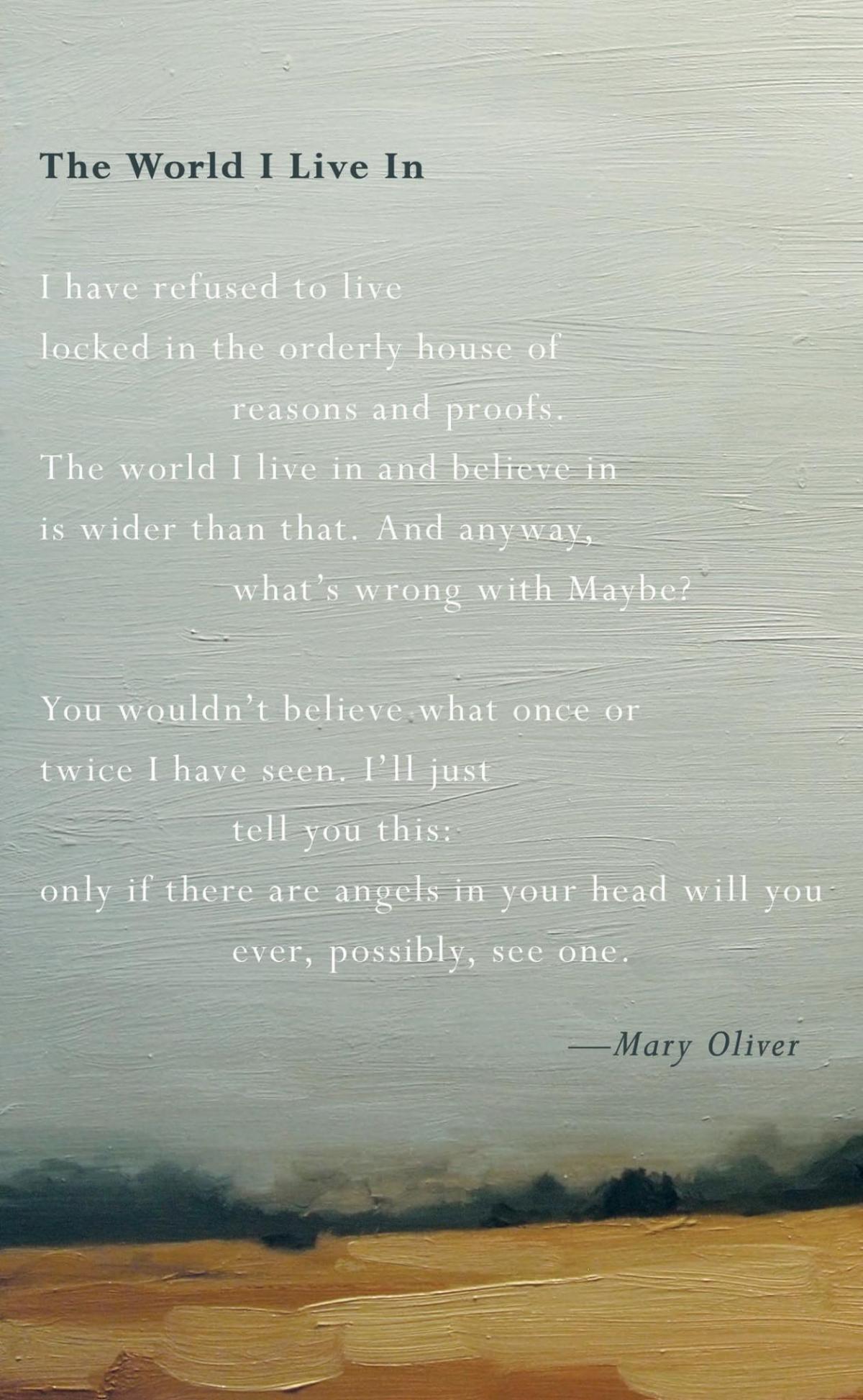Guest Blog: Drawdown Celebrates One Year Since Publication; Heads, Hearts and Hands Keep Moving it Forward
Guest Blog by Katharine Wilkinson, Senior Writer, Drawdown

Audio File
Guest Blog: Drawdown Celebrates One Year Since Publication; Heads, Hearts and H…
Poetry has a unique power to say so much with so few words, artfully placed. Using the same linguistic elements we find in a scientific treatise or a piece of legislation (or a blog post!), poems somehow carry us beyond head-thinking into heart-thinking, beyond the rational mind into truths of human experience. Brevity, it seems, can hold the greatest depth and expansiveness.
April 18th marked the one-year anniversary of the publication of Drawdown: The Most Comprehensive Plan Ever Proposed to Reverse Global Warming, and pull for the book’s message only continues to grow. It is a great joy to be something of an itinerant preacher these days—roaming from town to town, conference to campus to company, sharing this blueprint of possibility. (I write, on Earth Day, from Waterloo, Ontario, where young leaders from across Canada are gathered.)
Of late, I find myself concluding most talks with the wise, supple words of the American poet Mary Oliver, whose work I first came to love at age 16. So very many of her poems are relevant and resonant—“Mindful,” “Messenger,” “The Summer Day,” and “Wild Geese” all come to mind. But the poem that most potently expresses the sentiments I want to share, and from which I take the most sustenance, is “The World I Live In,” found in Oliver’s recent collection Felicity.
I have refused to live locked in the orderly house of reasons and proofs, she writes. And why is that, Ms. Oliver? The world I live in and believe in is wider than that. And anyway, what’s wrong with Maybe? Capitalized, she lifts “Maybe” to our attention, making it more official and consequential than a common, lowercase word. (Yes, what is wrong with Maybe? We may find ourselves asking.)
You wouldn’t believe what once or twice I have seen, she continues, conveying the wonder that is her hallmark as a poet. And then she seems to let us in on her truest secret. I’ll just tell you this: only if there are angels in your head will you ever, possibly, see one. “Maybe” becomes much more—an angel in our heads, a vision that has faint but magnificent contours.
Many see in Drawdown a catalogue of technologies and practices that, deployed together, can reach “drawdown”—that point in time when the quantity of greenhouse gases in our atmosphere peaks and then declines year over year. Drawdown certainly is that: 100 means to avoid the release of emissions and to bring carbon back home. But by collecting those solutions in a single mosaic, it is also much more. The book begins to envision the world we might create in the process of reversing global warming. The solutions to reach drawdown are also means of building a more vibrant, equitable, and beautiful world—a world of greater health, wellbeing, and happiness.
The most important solution to reverse global warming, I believe, is one that isn’t explicitly catalogued in Drawdown. It is our human capacity to have and continually renew a vision of possibility. For me, real vulnerability and courage are involved in holding space for “Maybe” against long odds, yet that is what I do every time I speak about Drawdown. The great teacher and thinker Parker Palmer calls this “the work before the work,” or the work to stay in the work, of social transformation. It’s deeply necessary and deeply human work. Humans, after all—our heads, hearts, and hands—will be the ones to move the drawdown solutions forward. May we support one another, as we take threads of possibility, one by one by one, and weave the reality of our future, together.
Click the Audio Icon to hear Katharine Wilkinson reciting “The World I Live In” at GreenBiz18
Image Credit: Penguin Random House

